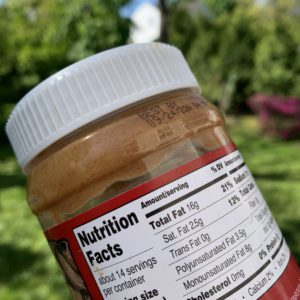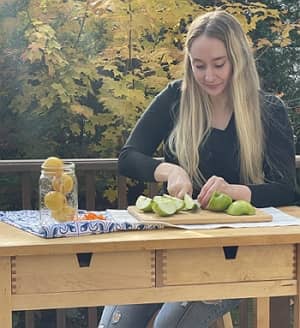Learn how to read food labels and make smarter choices for your health. Discover the importance of serving size, ingredients, % daily value, and key nutrients in this easy-to-follow guide.
Food labels can often be confusing, filled with numbers, percentages, and long ingredient lists. But as a consumer, it’s essential to understand what you’re eating, and nutrition labels only tell part of the story. Here’s a guide to decoding those labels to make better choices for your health.

Contents
Understanding the Ingredient List
Before diving into numbers like calories and fat content, take a look at the ingredient list. The order of ingredients matters: they’re listed in descending order by weight. This means the first few ingredients are the most prominent in the product. If sugar, salt, or oil appears at the top, it indicates that the product contains a significant amount of these ingredients.
Pro Tip: Aim for products with shorter ingredient lists. The fewer the ingredients, the more likely the food is minimally processed and healthier for you.
Pay Attention to Serving Size
Many people overlook serving size, but it’s one of the most important details on a label. Everything else on the label—from calories to fat content—is based on this amount. If a jar of peanut butter lists 2 tablespoons as a serving size, all the nutritional values below apply to just that amount. Eating 4 tablespoons means you’re consuming twice the listed amounts for calories, fat, carbs, and protein.
For a deep dive into why serving size matters, check out this guide from Harvard T.H. Chan School of Public Health.
Calories and Macronutrients: More Than Just Numbers
When you see calories, fat, carbohydrates, and protein, it’s crucial to remember that these values are for one serving size. If a food item has 90 calories per serving but you eat double the serving size, you’ve now consumed 180 calories, along with double the amounts of fat, carbs, and protein.
However, don’t be quick to label a food as “bad” just because it has a higher calorie count. Calories are just one part of the story, and it’s important to think about the overall nutritional value of the food.
% Daily Value: A Helpful Tool
The % Daily Value (%DV) is often overlooked but incredibly useful. It helps you understand how much of a nutrient a serving of food contributes to your daily diet. For example, if you’re consuming a food that offers 15% of your daily fiber needs, that’s a good indicator of a healthy, fiber-rich choice.
The goal is to aim high for beneficial nutrients like fiber, vitamins, and minerals and aim low for saturated fat, added sugars, and sodium.
Don’t Forget Micronutrients and Trace Minerals
Food labels highlight some, but not all, micronutrients and trace minerals. You’ll often see sodium, potassium, calcium, iron, and Vitamin A listed. Be mindful of sodium, as the average person consumes far more than the recommended 2,300 milligrams per day. High sodium intake can lead to bloating and other health issues, but it can be balanced with potassium-rich foods like bananas, apricots, and artichokes.
The Benefits of Updated Food Labels
One positive change in food labeling is the inclusion of information on trans fats, added sugars, and dietary fiber. This makes it easier to make healthier choices at a glance. However, labels don’t tell the whole story—it’s up to us to spend a few extra seconds reviewing them before tossing products into our carts.
Incorporating these strategies into your routine will help you make informed, healthier decisions while grocery shopping, ultimately benefiting your long-term health.
To learn more about what Dining With Nature offers for nutrition care – hit the Explore The DWN Programs button below or take a look at our Services page.

